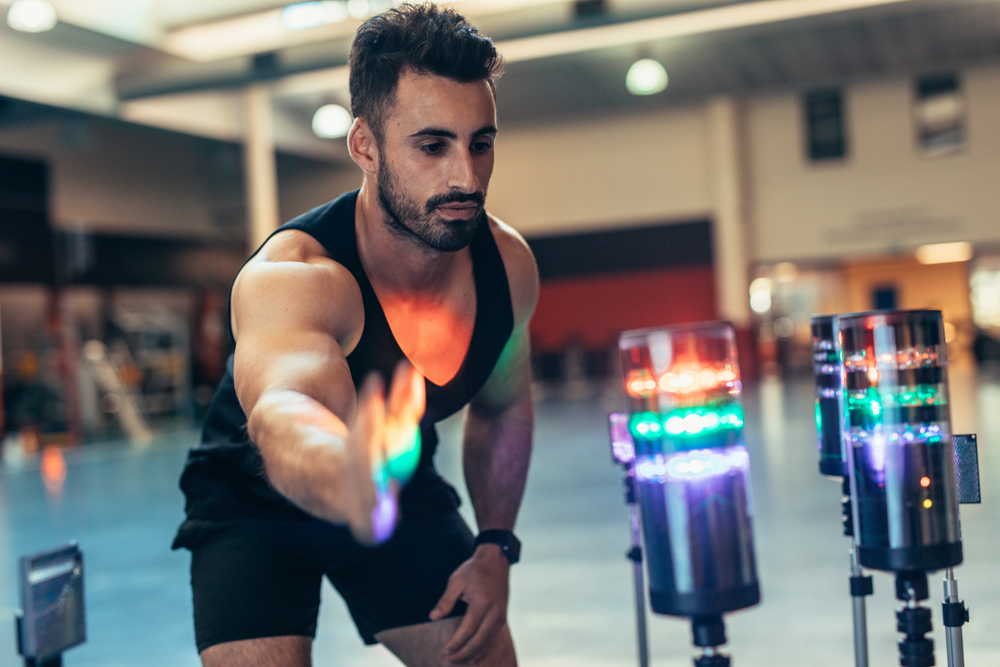How fast should your reaction time be? Here’s the answer based on your age.
Others are reading now
Reaction time is a key indicator of brain function, coordination, and overall health. But how fast should you be able to react based on your age?
What Is Reaction Time?

Also read
Reaction time is the time it takes for your brain to perceive a stimulus and respond. This could be anything from catching a ball to hitting the brakes while driving.
How Is Reaction Time Measured?

The most common way to measure reaction time is through a “click as fast as you can” test, where you tap a button when a color or symbol changes on a screen.
Why Does Reaction Time Change With Age?

Reaction speed depends on how fast the brain processes information and how quickly muscles respond. It peaks in young adulthood and slows down with age.
Average Reaction Time by Age
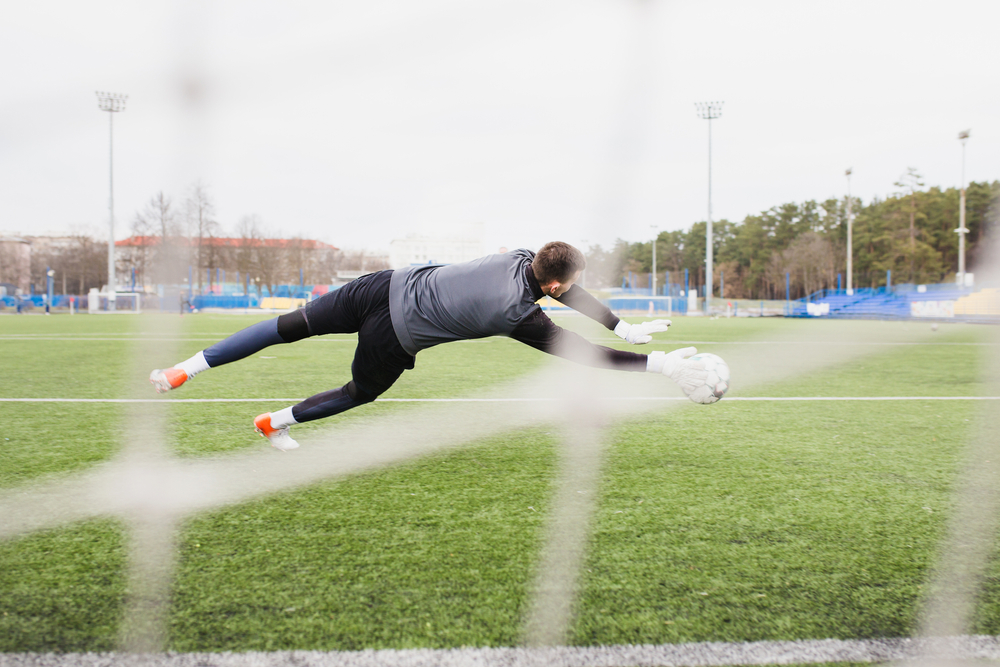
Studies show that young adults have the fastest reaction times, while older adults tend to slow down. Where do you fall?
Reaction Time in Childhood (Ages 6-12)
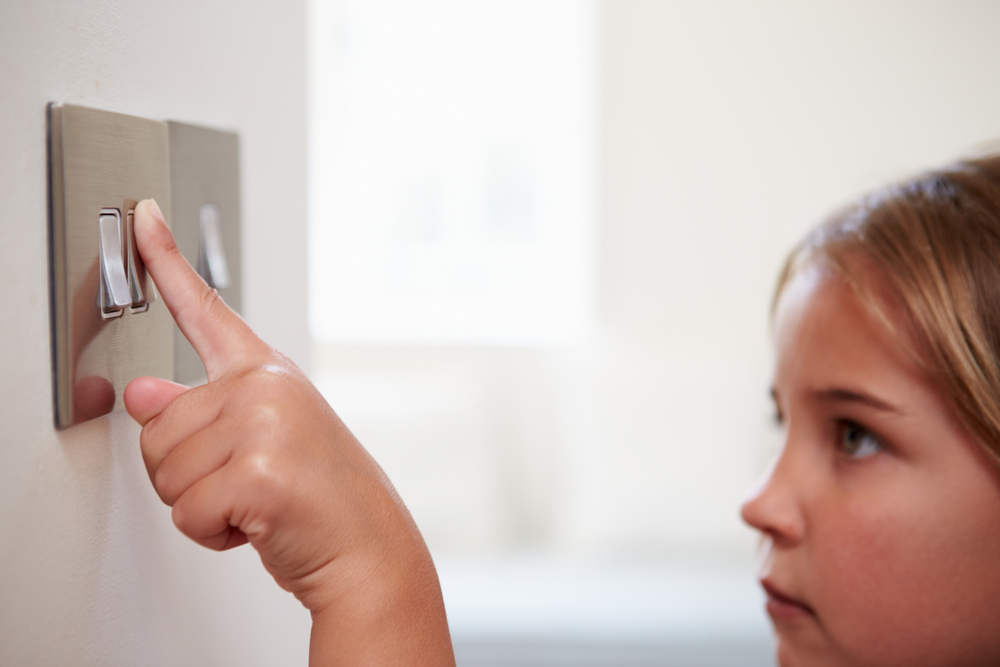
Children have quick reaction times, but their ability to filter distractions is still developing. Average reaction time: 250-300 ms.
Reaction Time in Teenagers (Ages 13-19)

Teens have some of the fastest reaction times, as their brains and motor functions are nearly fully developed. Average reaction time: 200-250 ms.
Reaction Time in Your 20s – The Peak Years

Reaction time reaches its peak in your 20s. Most professional athletes perform their best during this period. Average reaction time: 180-220 ms.
Reaction Time in Your 30s – The First Small Decline

In your 30s, reaction time starts to slow slightly, but the difference is minimal. Average reaction time: 200-230 ms.
Reaction Time in Your 40s – Noticeable Changes

By your 40s, reaction time slows more noticeably. Muscle response and brain processing speed decline slightly. Average reaction time: 220-250 ms.
Reaction Time in Your 50s – A More Significant Decline

Most people in their 50s will experience reaction times nearing or exceeding 250 ms. However, mental stimulation and training can help maintain speed.
Reaction Time in Your 60s and Beyond

As we age, reaction time often exceeds 280 ms. This can impact daily activities like driving and balance.
How Does Reaction Time Affect Your Daily Life?
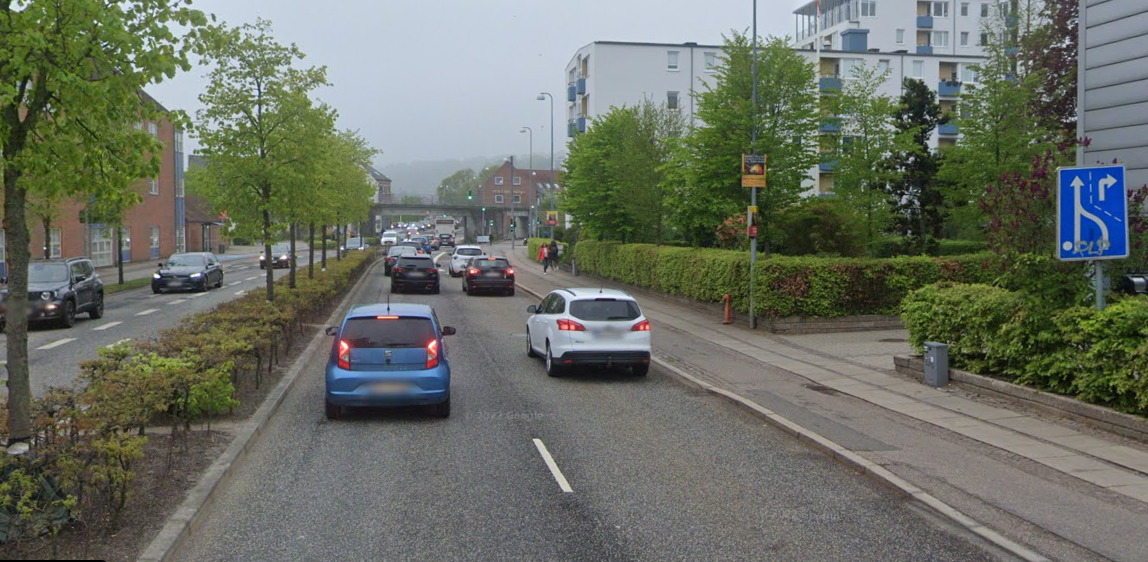
Slower reaction times can increase the risk of accidents, especially while driving, playing sports, or doing routine activities.
Can You Improve Your Reaction Time?

Yes! The brain can be trained like a muscle. Activities like video games, reflex training, and balance exercises can help sharpen reaction speed.
5 Simple Exercises to Improve Your Reaction Time

-
Play fast-paced video games.
-
Practice catching a falling object.
-
Use a reaction speed test app.
-
Engage in sports requiring quick reflexes.
-
Get enough sleep—rest is essential for brain function.
How to Test Your Reaction Time at Home
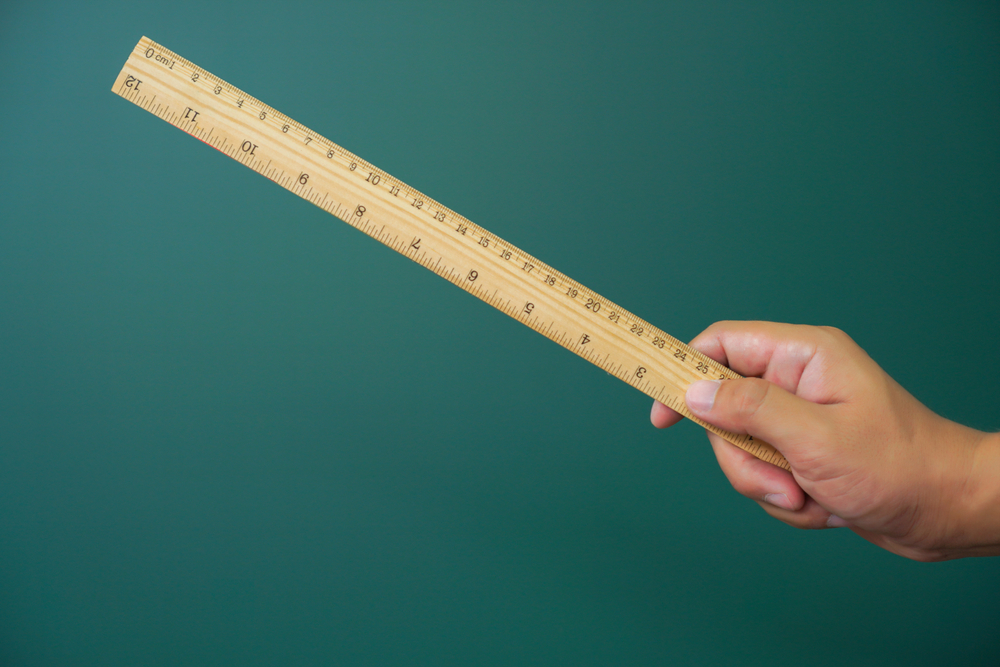
Try an online reaction test or the classic ruler drop test, where you catch a ruler as it falls unexpectedly.
Reaction Time and Nutrition – Does Diet Matter?

Omega-3 fatty acids, antioxidants, and a balanced diet can enhance brain function and reaction speed.
Myths About Reaction Time – True or False?

-
“Caffeine significantly improves reaction time” – True, but only temporarily.
-
“Older people can’t improve their reaction time” – False, training works at any age!
How Do You Compare?

Now that you know the average reaction time for your age group, how do you compare? Test yourself and try some of the exercises! On Humanbenchmark.com, you can take a test where you click the mouse as soon as the screen changes color. It’s a quick and easy way to measure your reaction time.

